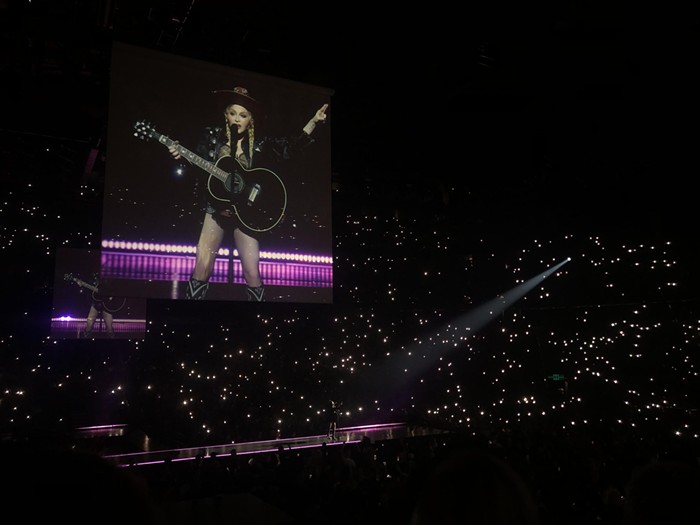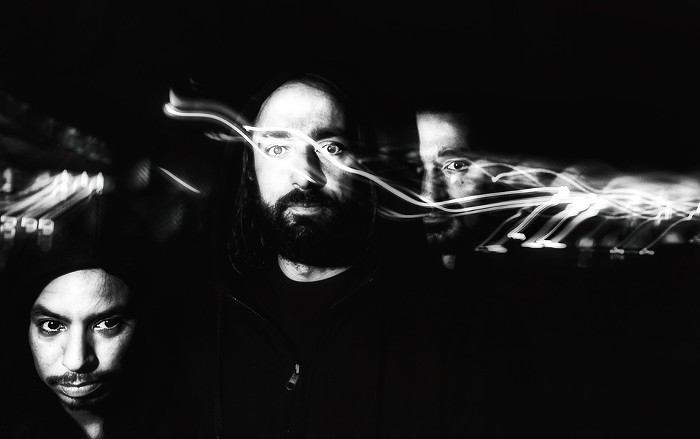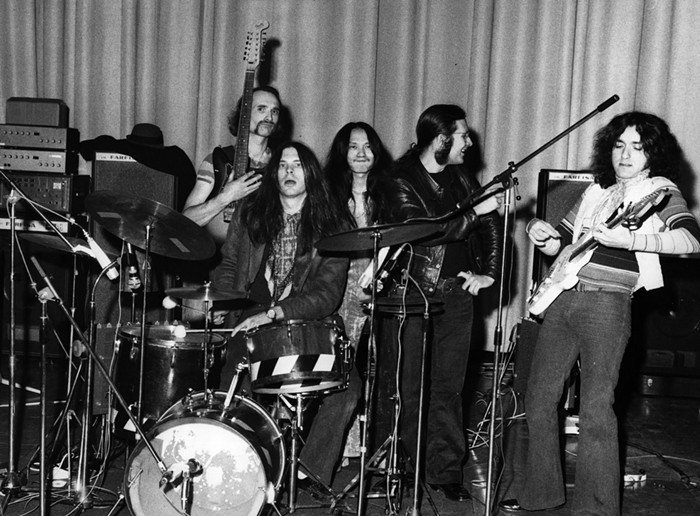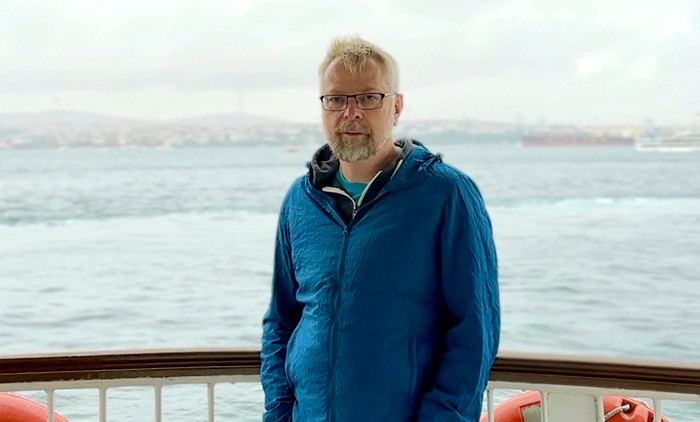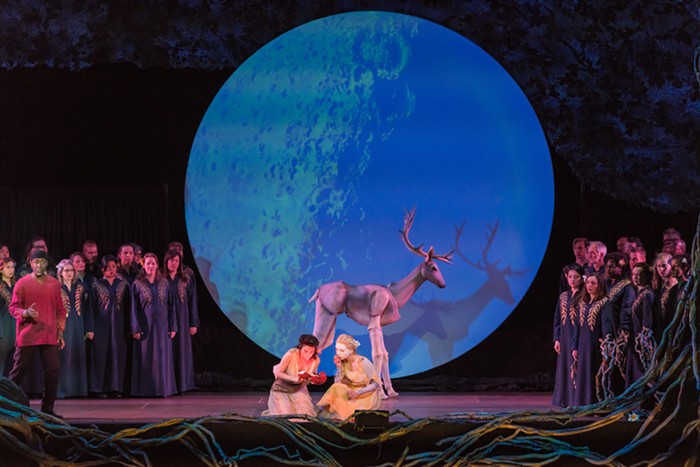
The Greek myth of Persephone is gross. Persephone, daughter of Demeter and Zeus, is “abducted” (i.e., raped) by Zeus’ brother, Hades, who takes her to the Underworld. As Demeter wanders the world looking for her daughter, crops die and harvests fail, leading Zeus and Hades to work out a bargain whereby Persephone is allowed to come back home upstairs as long as she returns to Hades’ Underworld for three months every year.
The myth is most often read as an explanation for the seasons, how the light, fruitful days of spring through fall become dark and cold in winter. But employing rape as a plot device or metaphor became less kindly looked upon in the 20th century than it had been in the past, so when, in 1932, Ida Rubinstein commissioned Igor Stravinsky and Andre Gide to create Persephone for her dance company, the story was significantly changed.

In his journal published in 1926, Gide had written “Catholicism is inadmissible, Protestantism is intolerable and I feel profoundly Christian." The same year, Stravinsky returned to the Russian Orthodox Church of his youth. It’s no surprise that both artists, after the misery and destruction of World War I, would long toward some kind of faith. It’s likewise no surprise that in our #MeToo days, the character of Persephone is portrayed as neither a powerless victim nor a selfless martyr, but as nuanced and complex.
Co-commissioned with the Oregon Symphony, and designed by Michael Curry, this phenomenal production, which closed last weekend, features a whole bunch of possible readings of Persephone. The set is a Miyazaki-worthy tree as big as the entire stage. A huge moon hangs above it, and above and along the branches of the tree cavort and fly a cast of humans and human-sized puppets.
One of the puppets is giant, red-black fiery Pluto (aka Hades) with a human-sized Pluto inside (the dancer Henry Cotton, who appears to be made of sinew and stretchable indestructible taffy.
Another puppet is Persephone. The multi-jointed, girl-sized doll is so realistic you have to keep looking to see if it's an it and not a her. She’s moved by a puppeteers Matthew Brooks and Katie McClenahan, dressed all in black like Japanese Bunraku, and her/its unmoving placid face looks over us like an icon of mercy and love, or is she pretty and vacant? There’s also a dancer-Persephone (Anna Marra) and a narrator-Persephone, too (Pauline Ceviller). Plus some gossamer silky long flag-waving movement puppets of her, or spirits that wave around like Ariel or ghosts. They’re all versions of Persephone, a complex female whole of body and voice and earth and sky, and human and god, and winter and darkness turning into spring.
Hades is sung by tenor Kenneth Tarver, whose voice is the aural equivalent of the taste of butterscotch and the temperature of your skin on a perfect late May day.
Twenty years before Persephone, Stravinsky’s other ballet about the season, The Rite of Spring, nearly caused riots at its Paris premiere and is remembered as a “before and after” marker in modern classical music. This earlier work—pre World War, pre-Russian Revolution—played around a lot and shocked with sonic and physical violence (Diaghalev! the Ballet Russe!). The latter Persephone was mellow, a sadder, less flamboyant look at loss and return.
So, yeah, The Rite of Spring changed music, got a lot of press, and had a rock band name itself after it. But for my money, this production of Persephone offered a bigger, rounder, more liveable-with imagining of our human selves, our planet, and how we might live together peaceably.

